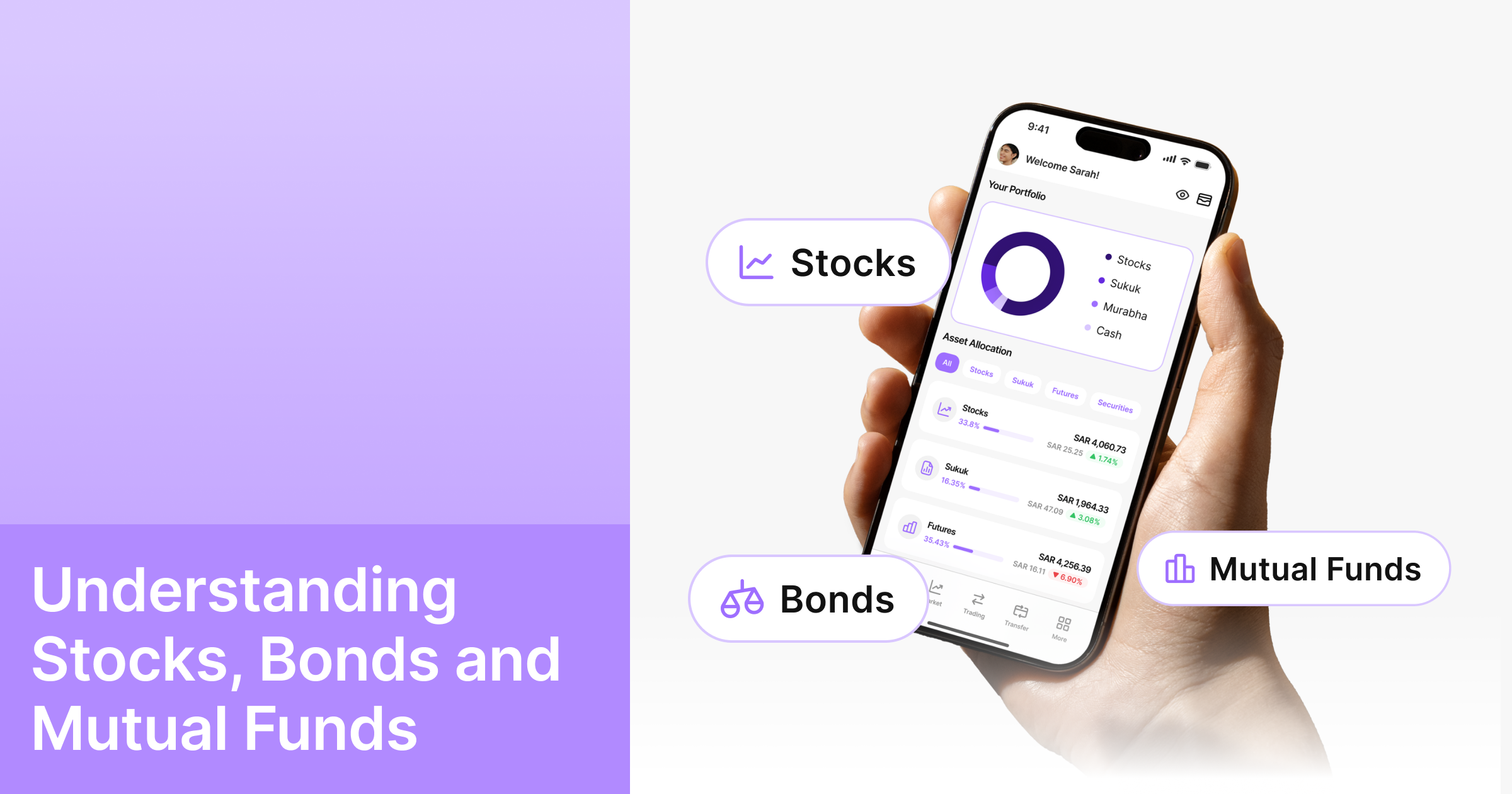U.S. monetary policy is one of the most influential forces in the global economy. The Federal Reserve’s decisions on interest rates and the money supply shape capital movement and cross-border investment flows. Because the U.S. dollar is the world’s primary reserve currency, monetary actions taken in Washington resonate far beyond American borders, affecting both emerging and developed markets.
For Saudi investors, understanding U.S. monetary policy has become essential. Changes in interest rates directly influence investor appetite for risk and affect liquidity across regional markets, including the Saudi stock market. As Saudi Arabia becomes more integrated with the global economy, Federal Reserve decisions increasingly shape the risk and opportunity landscape in the local market.
This article examines the connection between the Saudi liquidity market and monetary policy in the U.S. It also describes how investment strategies are changing to reflect the alteration in the United States’ policy, the channels of such effects, and other main considerations of investors in a situation of monetary tightening or easing.
The Role of the Federal Reserve: Balancing Employment and Inflation
U.S. Monetary Policy and Its Global Reach
U.S. monetary policy drives economic activity within the United States but also impacts global markets, including Saudi Arabia. The Federal Reserve leads this effort, aiming to balance inflation control, maximum employment, and long-term interest rate stability.
“Maximum employment” doesn’t mean full employment, but rather that most willing and able to work are employed, without triggering inflation. The Fed doesn’t create jobs directly; it fosters conditions for job growth. The Fed typically lowers interest rates when unemployment rises to encourage borrowing and business expansion. The Fed may raise rates to restore balance if employment gets too high and causes wage or price inflation.
Key Monetary Policy Tools
Some instruments the federal government uses are the federal funds rate, or the interest rate at which banks lend to other banks within the overnight duration. It could also adopt rather unconventional strategies like artificial liquidity creation (purchasing of commodities) or quantitative tightening (selling commodities, which removes liquidity) in situations of crisis or inflationary rates.
Decisions are made concerning the interest rates using information, especially inflation, labor markets, and growth. Markets respond not only to the call but also to the anticipation. These expectations are projected to affect asset pricing worldwide and even in the Saudi market.
How U.S. Monetary Policy Affects Liquidity in the Saudi Market
Interest rate decisions by the U.S. Federal Reserve significantly impact liquidity in the Saudi stock market, partly due to the Saudi riyal’s peg to the U.S. dollar and the role of foreign investment in the local market.
Foreign Capital Outflows
American assets, such as Treasury bonds, become more attractive when U.S. interest rates rise due to higher returns than those in emerging markets. This can lead to capital flowing out of markets like Saudi Arabia, reducing domestic liquidity and pressuring stock prices.
- Higher Borrowing Costs
The pegging of the riyal to the dollar typically aligns Saudi interest rates with the U.S. rates. An appreciation of the U.S rates translates to increased borrowing rates in the domestic economy. This increases the costs of financing a business, which can lead to diminishing profits or pushing growth options. Consumers are also affected as personal lending, such as mortgaging and vehicle financing, has weakened, thus making people spend less and creating a slower flow in the economy.
The Dollar’s Effect on Oil Prices and the Saudi Economy
A stronger dollar often leads to lower oil prices since oil is priced in dollars. Declining oil revenues can limit government spending and economic stimulus efforts, reducing liquidity in the market and slowing economic activity overall.
Investor Strategies in a Changing U.S. Monetary Environment
Capital Allocation
At higher interest rates, when markets are volatile, investors can prefer so-called defensive assets such as utilities and telecommunications; these investments are less economic cycle-sensitive. Attention may also turn to companies with strong balance sheets and low debt because they can better withstand a higher interest rate environment. Currency exposure could be reduced by investing in areas tied to the Saudi riyal or by investing in projects that would not expose them to the currency’s impact.
Risk Management
Diversifying portfolios is key to managing risk through investments within the Saudi market and across suitable international markets. Reducing reliance on interest-rate-sensitive stocks can also help. Monitoring U.S. inflation and growth data closely allows investors to time entry and exit points based on expected policy shifts.
Navigating Volatility
Market fluctuations can create opportunities for long-term investors. Temporary market dips, driven by fear or uncertainty, may offer attractive entry points. However, thoughtful decision-making is crucial. Focus should remain on investments with strong fundamentals and long-term growth potential.
Navigating shifts in U.S. monetary policy requires investors to stay agile and informed. Adapting strategies to changes in liquidity and interest rates can help protect capital and maintain performance over time.
Broader External Factors Influencing the Saudi Market
U.S. monetary policy affects more than just liquidity and interest rates. Its impact extends across the Saudi economy, influencing broader growth trends.
Impact on Company Valuations
Interest rate changes influence expected returns, which in turn affect company valuations. Higher rates typically reduce equity valuations, especially for businesses valued on the basis of future cash flows, as the cost of capital rises.
Impact on Foreign Direct Investment (FDI)
FDI is a key component in supporting economic development, innovation, and technology transfer. However, as U.S. asset yields rise, the Saudi market may see reduced FDI inflows. Addressing this requires continued efforts to improve the local business environment and regulatory framework.
The Role of the Saudi Central Bank in Mitigating External Shocks
The Saudi Central Bank applies balanced policies to manage global volatility, adjust local interest rates, ensure liquidity, and maintain financial market stability. These measures help cushion the local economy against the effects of external monetary shifts.
Saudi Arabia’s Economic Resilience in the Face of Shocks
Saudi Arabia has a fairly diverse economy and is continuously attempting to decrease oil dependence as part of the Vision 2030 program. Such strength empowers it to withstand any external shock, making it a long-term source of investor confidence and sustainable growth.
The link between U.S. monetary policy and the Saudi market is clear and multifaceted. Federal Reserve decisions influence liquidity, borrowing costs, and investment flows. For investors, understanding this relationship and responding accordingly is critical for preserving capital and maintaining sustainable returns.
In a volatile global environment, staying informed, monitoring economic developments, and adopting adaptable strategies are important. Agility and informed decision-making are essential for navigating risks and capturing local and global opportunities.
Disclaimer: All information provided is for educational and awareness purposes only and does not constitute a recommendation or invitation to make any investment decision. Past performance is not indicative of future results. Please consult your financial advisor before making any decisions.
Derayah Financial is licensed by the Capital Market Authority, License No. 27-08109 dated 19/06/1429 H (June 23, 2008).


